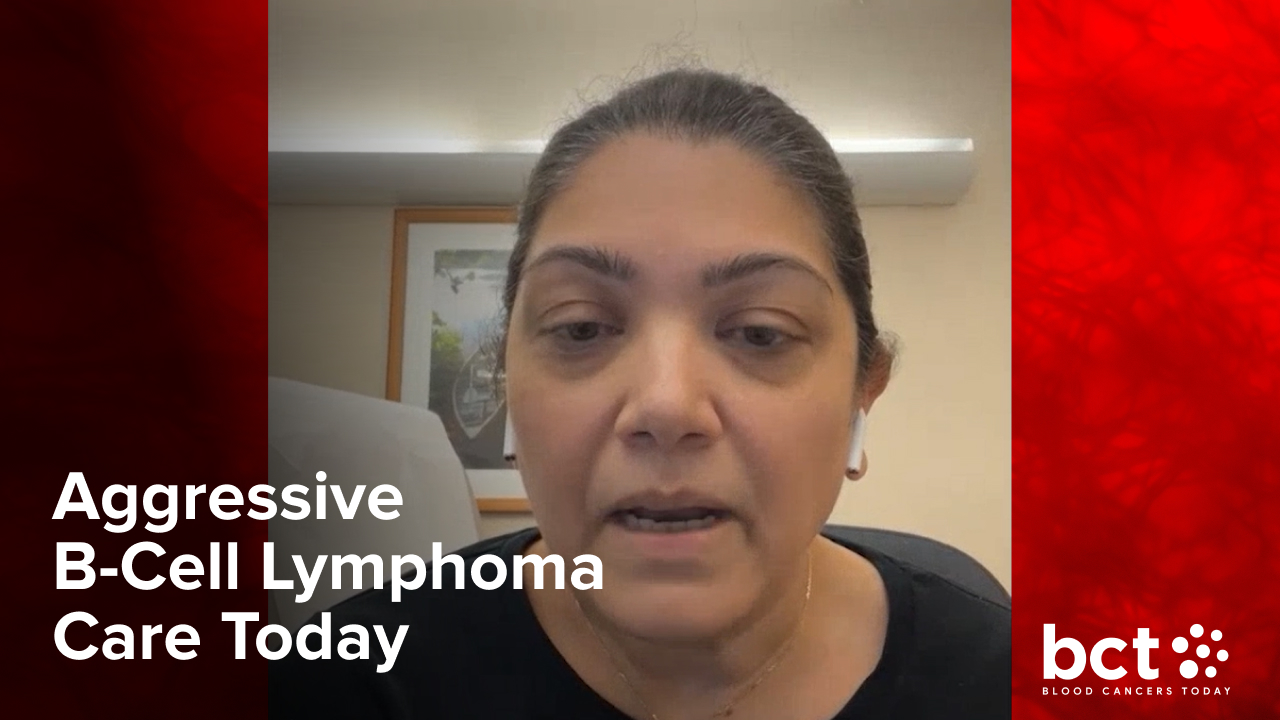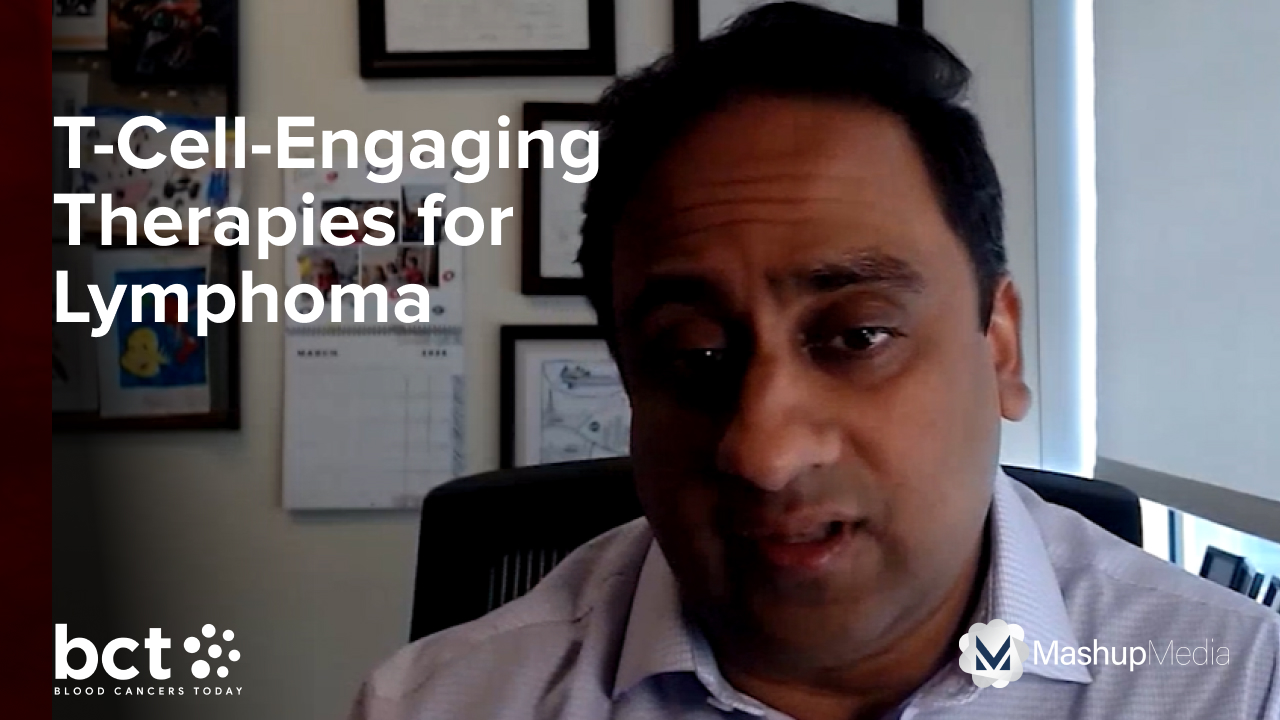A Look at the CAR-T Pipeline: ddBCMA and LUMMICAR
By Thomas Martin, MD, Sagar Lonial, MD, FACP, Shambavi Richard, MD, Peter Voorhees, MD - Last Updated: May 4, 2023A roundtable discussion, moderated by Thomas Martin, MD, of the UCSF Helen Diller Family Comprehensive Cancer Center, focused on CAR T-cell therapy considerations in the treatment of multiple myeloma, including data on approved CAR-T options and a look at the pipeline. Dr. Martin was joined by a panel that included Sagar Lonial, MD, FACP; Peter Voorhees, MD; and Shambavi Richard, MD.
In the next segment of the roundtable series, BCMA-targeted autologous CAR T-cell therapies are discussed: ddBCMA and LUMMICAR.
—
Dr. Martin: It’s very exciting seeing all these very high response rates for the chimeric antigen receptor (CAR) T-cell therapies, but I think we’re all in the same scenario in that we would love to have more access to the CAR T-cell therapy. One of the biggest things has been access. As you guys know, I think we have plenty of room for more CAR T-cell therapeutics, and there are other therapeutics that are currently being tested in clinical trials. I’ll just mention a couple. These are also BCMA-targeted autologous CAR T-cell therapies. One is known as LUMMICAR, and that’s otherwise known as CT053. The LUMMICAR data has been presented at ASH meetings by Shaji Kumar, MD, and he presented initial data, which showed that this autologous CAR T cell, the difference with this one is this was a fully human single-chain variable fragments that targeted BCMA. Ide-cel or bb2121 is murine, and cilta-cel is a long-acting anticholinergic (LAMA). It’s a heavy chain only and it’s based on LAMAs, which is interesting.
This is the first fully human, and LUMMICAR actually showed an overall response rate of about 96%, similar in terms of the high incidence of cytokine release syndrome, but high grade 1 and 2, low severe grade 3 and 4, which is great. With that very high response rate, that drug now is in a phase II clinical trial, hopefully looking for a regulatory endpoint.
We have another autologous CAR T cell that’s called CART-ddBCMA. This was actually presented by Matt Frigault, MD, from Boston at a few of our meetings. Basically, they’ve treated upwards of 40 patients. This is actually a small single-chain binding domain that hopefully does a closer synapse between the CAR T cell and the myeloma cell. Potentially, that might be the reason why it has such good initial response rates.
In the initial phase I/II trial, they tested 100 million and 300 million cells. I think they’re going to move forward with 100 million cells due to less toxicity and still an overall response rate, which they have presented at 100%. These CAR T-cell therapies are so responsive; it’s pretty exciting to see. That also is currently in a phase II clinical trial. Even if we had both of those products, or all four products on the market right now, I think our need for these therapeutics would basically be higher than what they could supply at the current time. Eventually, hopefully, supply comes up with demand, but right now certainly demand is way higher than supply.
—






 © 2025 Mashup Media, LLC, a Formedics Property. All Rights Reserved.
© 2025 Mashup Media, LLC, a Formedics Property. All Rights Reserved.